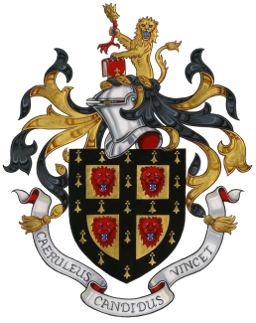Orders of Chivalry
Insignia
This section describes the form of the insignia of British orders of chivalry, who wears each item, when it is worn and how it is worn.
The Riband
The Badge
For all other ranks, the manner of wearing the badge depends on whether the wearer is a man or a woman in uniform on the one hand or a woman in civilian dress on the other.
The Collar
The Mantle
The Hood
References
The is a length of material, usually in the order’s colour, from which the badge of the order is worn. The exact method depends on the rank and sex of the wearer and, if female, whether the wearer is in uniform or in civilian dress: women in uniform as put in the same class as men. Both this section and the section on the badge should be read with this in mind.
The riband and collar of the same order are never worn together. (In some orders, this would be impossible in any case since only one badge is supplied and this must be moved between collar and riband according to which is being worn.) However, it is permissible to wear the riband of one order whilst wearing the collar of another.
The badge is common to all members within a given order but worn in different ways according to rank. In general:
The collar takes the form of a chain and is typically made of alternating (solid) medallions and links. The badge is attached to the collar, and the collar then worn so that the badge lies on the chest and on the lowest point of the collar. The collar is worn by those of Knight Grand Cross rank and then only on collar days. On the other days, the badge and riband are worn.
Typically made of one material in a colour characteristic of the order in question and lined with some other colour. It is fastened with a simple loop of cord. This is called the “cordon” and each end takes the form of a tassel. Besides being slit at the front, the mantle is also slit on the right side (to free the sword arm). The mantle is worn by those of Knight Grand Cross rank only. The mantles of some orders have hoods. For full details of mantles, see Robes of the Realm.
The hood, where it exists, is worn on the right shoulder of the mantle.
